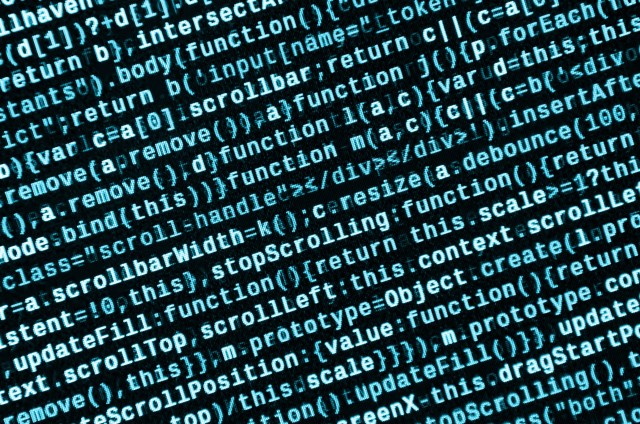Different types of data loss?
1. Physical data loss: This type of data loss can occur due to physical damage to storage devices, such as hard drives, SSDs, external drives, etc. For example, if a hard drive is dropped or damaged in some other way, the data stored on it can be lost.
2. Logical data loss: This type of data loss can occur due to logical errors, such as accidental deletion or formatting of files/folders, corruption of file systems, etc. For example, if you accidentally delete a file or format a drive without backing up the data first, you will lose that data.
3. Software failure: This type of data loss can occur due to software failures, such as system crashes or application errors. For example, if your computer crashes and you have not saved your work properly beforehand, you may lose unsaved data.
4. Hardware failure: This type of data loss can occur due to hardware failures, such as failed hard drives or SSDs, corrupted memory cards, etc. For example, if your hard drive fails and you have not backed up the data on it, you will lose that data.
5 . Natural disasters: This type of data loss can occur during natural disasters, such as floods, fires, etc. For example, if your home is flooded and you have not backed up your data properly beforehand, you may lose important files.
How can you prevent data loss from power surges?
1. Make sure your devices are properly plugged into an outlet and your home’s electrical grid.
2. Keep your devices battery-less as much as possible to avoid data loss.
3. Protect your devices with a data recovery service if a power surge occurs.
4. Use a UPS (uninterruptible power supply) to protect against power surges.
5. Back up your data regularly to prevent data loss from any cause
How can you prevent data loss from fire damage?
1. Have fire-proof cables
2. Use a temperature gauge
3. Install smoke alarms
4. Use sprinkler systems
5. Follow some basic best practices
How can you prevent data loss from accidental deletions?
1. Use a data backup and recovery solution: This will help you to recover any accidentally deleted data.
2. Use a file synchronization tool: This will help to keep a copy of your data in another location so that if it is accidentally deleted from one location, you can still access it from the other location.
3. Use a cloud storage solution: This can provide an additional layer of protection for your data, as it will be stored off-site and can be accessed from anywhere with an internet connection.
4. Use encryption: This can help to protect your data if it is lost or stolen, as it will make it unreadable without the encryption key.
5. Implement security measures: This includes things like password protection and access control measures, which can help to prevent unauthorized access to your data
How can you prevent data loss from a hard drive failure?
1. Keep your computer clean and dust-free
2. Save and backup your files regularly
3. Create an image backup BEFORE the first signs of hard drive failure
4. Don’t delete files you don’t know what are, especially system files
5. Use a surge protector
How can you prevent data loss from computer theft?
1. Keep your computer clean and dust-free
2. Save and backup your files regularly
3. Create an image backup BEFORE the first signs of hard drive failure
4. Don’t open suspicious emails or attachments
5. Don’t delete files you don’t know what are, especially system files
Stay up-to-date on all things backup and more!
1. Stay up-to-date on all things backup: Be sure to regularly back up your data in multiple locations, both onsite and offsite.
2. Use reliable and secure backup products: Choose a backup solution that is both reliable and secure.
3. Stay safe online: Follow best practices for staying safe online, such as using strong passwords and encrypting your data.
4. Keep your software up to date: Regularly update your operating system and software to help prevent security vulnerabilities.
5. Educate yourself on data loss prevention: Understand the most common causes of data loss so you can take steps to prevent them.
5. Implement Digital Identity
Digital identity is the unique representation of a user or a program that helps authenticate that individual or an entity is who they claim to be. Identity management can help reduce the likelihood of unauthorized access, theft, or data loss. Digital identity can be implemented only by authorized users.
10. Data backup
1. Back up data regularly on a regular schedule.
2. Make sure data is protected with standard data protection mechanisms.
3. Attackers may look for unprotected data in backups.
4. Use cloud backup services to protect against local disasters.
5. Keep multiple copies of important data in different locations.


